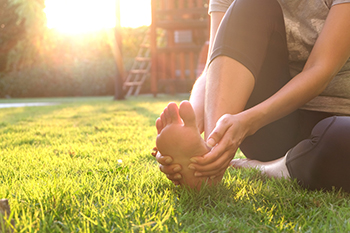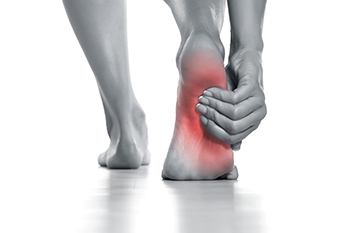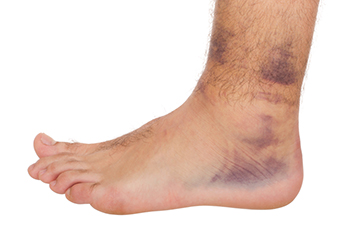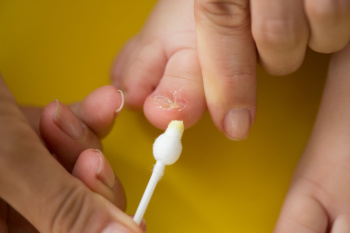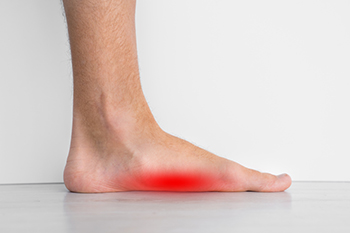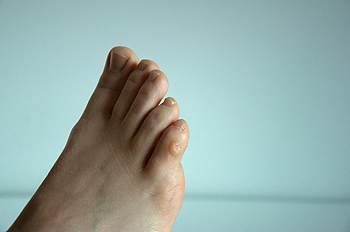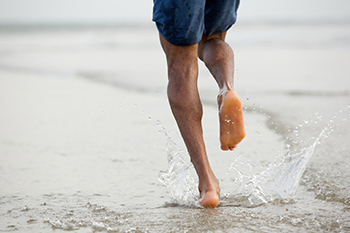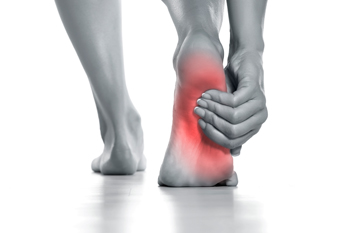
Many walkers and hikers worldwide embrace the challenge of winter hiking, but it requires careful preparation. Start by packing essential gear like a sleeping bag, emergency blanket, and first aid kit. Opt for warm, nutritious foods to maintain body temperature, and start early to ensure you finish before nightfall. Invest in waterproof boots with durable soles and moisture-wicking socks to keep feet dry. Gaiters can help keep snow out of boots, and crampons provide traction on icy terrain. Protect your eyes with sunglasses or goggles, and use walking poles for stability and shock absorption. By taking necessary precautions, hikers can fully appreciate the beauty of winter landscapes while minimizing the risk of foot-related problems. Despite precautions, foot-related issues can arise, making it necessary to see a chiropodist for any discomfort or injury. A chiropodist can provide expert foot care, addressing blisters, sprains, or plantar fasciitis, among other ailments. For help with foot-related pain or other issues, it is suggested that you make an appointment with a chiropodist.
The winter months can bring about new or worsening foot and ankle problems. If you’re suffering from foot or ankle pain, please consult with one of the specialists from Thornhill Foot Clinic. Our chiropodists can help you maintain the health of your lower limbs and your mobility.
Winter Foot Problems
Cracked heels - Dry, cracked skin on the heels of the feet that is associated with cold, dry weather
Athlete’s foot - A fungal infection on the skin of the feet
Blisters - Fluid-filled bubbles of skin that usually form in response to friction
Fractures - Broken bones in the feet or ankles
Metatarsalgia - General foot pain
Chilblains - Spasming of the small blood vessels in the toes in response to exposure to cold weather
Raynaud’s disease - Numbness, pain, and color changes in the toes due to cold weather
Prevention
Wear warm socks and shoes
Avoid prolonged exposure to the cold
Moisturize the heels regularly
Keep your feet clean and dry
Walk carefully in areas that may be icy
Wear non-slip shoes
If you have any questions, please feel free to contact our office located in . We offer the newest diagnostic and treatment technologies for all your foot care needs.
